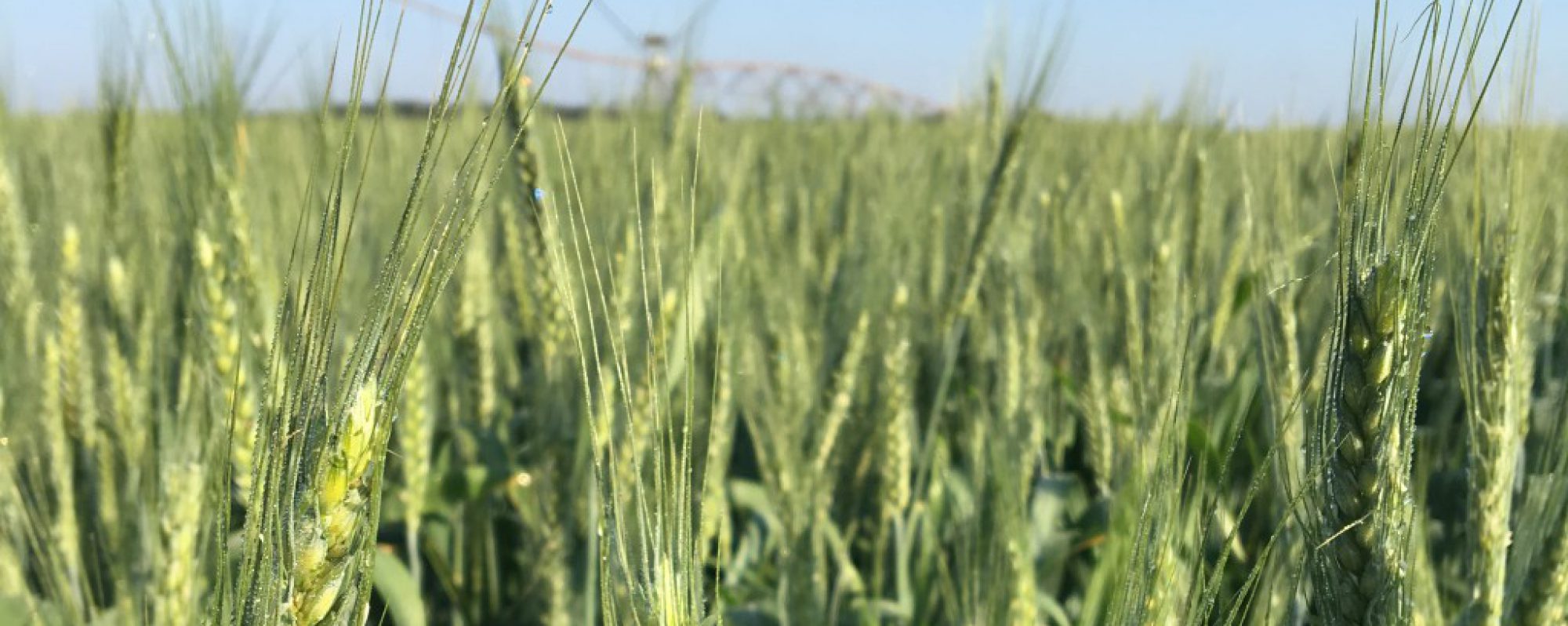Insect
-
Catkin (male flower) production has been pretty heavy so far. A large catkin crop does not guarantee a large production of flowers, but most times we have heavy catkin production, we do have some flowers. I had the chance to look at many different cultivars this week. The first thing we noticed is that flowers…
Posted in: Pecans -
From Dr. Lenny Wells You may notice some nut drop in your orchards at this time. This can occur for a number of reasons, including rainfall after a long hot, dry period and natural drop on certain varieties. One thing we are seeing at the moment is drop from nut curculio. The damage from nut…
-
I have seen a few fields and heard of others that were at threshold for plant bugs this year. Below is a reminder for UGA recommendations on treatment: Plant Bug Thresholds: Cotton plants retain less than 80% pinhead squares and there are a reasonable number of bugs present. First two weeks of squaring:Sweep Net: 8…
-
From an insect pest perspective, May is usually all about thrips. Here are some things to know: Thrips abundance and movement are affected by weather. A model developed at NC StateUniversity can be used to view predicted thrips infestation in your area.https://products.climate.ncsu.edu/ag/cottontip/ An in-furrow insecticide application is recommended by UGA for thrips management in peanut.The…
-
Vigor or the rate of seedling growth influences seedling injury from thrips. Thrips initially feed on the underside of cotyledons; damaged cotyledons will appear silvery on the lower surface of cotyledons. The majority of thrips eggs are laid on the cotyledons and it takes about 5-6 days for an egg to hatch. Once a terminal…
-
We’ve been looking at some oats this week, and they are struggling quite a bit. This time last year they were twice as tall in the field. Our biggest issue now, of course, is the rain. After 6 inches of rain in Pineview last weekend, we still have water on the field edges. Even with…
-
We have a good bit of grain sorghum in the county and some is starting to head and the rest has already flowered and moving to dough stage in the grain. This sorghum was planted after watermelons and looking great. These are 15 inch rows with two different plantings because of rain. It’s starting to head…
-
I was in the hayfield today collecting samples of Bermudagrass Stem Magget for post doc Dr. Lisa Baxter. In doing my sweet net portion, it was obvious the number of armyworms present. To complete this project for Lisa, I had to visit the field for times today and sample each time with the sweepnet. Each…
-
The worst thing we can do right now is add an insecticide just because we’re going over the field. I’ve looked a many cotton fields this week and am almost surprised to not see hits from stink bugs. I know there are some around, but pay attention to thresholds. Remember my post about peanut insects…
Posted in: Insect -
We’re seeing “bronzing” of bermudagrass stem maggot around Wilcox County. This is typical of bermudagrass stem maggot. We’ve had reports of damage for over 2 weeks. I’m seeing damage from Pineview to Pitts to south in the county. It’s definitely showed up a little earlier than normal. Colquitt County Agent Jeremy Kichler has also noted it earlier at their Expo plots. We…
-
Each year, UGA Extension Entomologist Dr. Michael Toews updates us on our stored grain protectants as we get close to harvesting grain. Here is the most recent news: Empty Bin Treatments Centynal EC – This is a good product for treating empty bins and elevator boots. Note that the active ingredient in Centynal EC, Defense…
